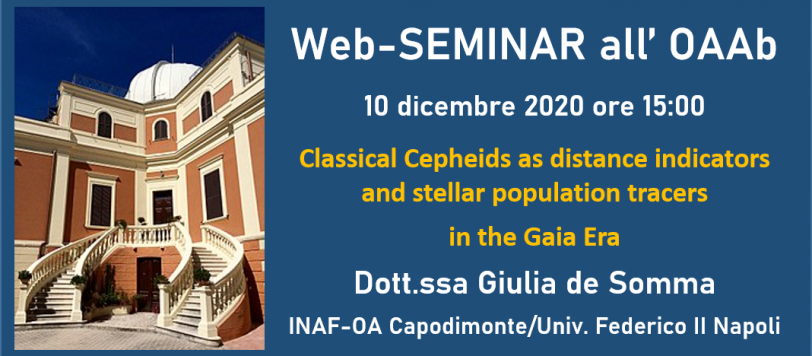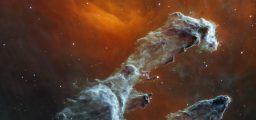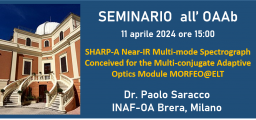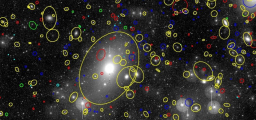Classical Cepheids as distance indicators and stellar population tracers in the Gaia Era

Giovedì 10 dicembre alle ore 15:00, la dott.ssa Giulia De Somma dell’INAF-Osservatorio Astronomico di Capodimonte e dell’Università Federico II di Napoli terrà il web-seminar dal titolo: Classical Cepheids as distance indicators and stellar population tracers in the Gaia Era.
Abstract
The modelling of radial pulsating stars, specifically Classical Cepheids, is fundamental to constraining the extragalactic distance scale. The various ingredients entering the theoretical calibration of the Classical Cepheid distance scale can affect the accuracy and reliability of the inferred distances and, as such, cast light on residual systematics in the local determination of the Hubble constant. This topic has known a renewed interest in the last few years in the context of the debate on the so called Hubble Constant tension: the unsolved discrepancy between the value derived by Riess et al (2016, 2018) on the basis of Classical Cepheids, and the Cosmic Microwave Background results.
In the context of my PhD project, I am contributing to the build-up of an updated and accurate set of nonlinear convective pulsation models for Classical Cepheids; for the first time homogeneously covering a wide range of stellar parameters, including variations in the assumed Mass-Luminosity relation and super-adiabatic convective efficiency. These models have been used to produce the first theoretical scenario suitable for this class of pulsators in the Gaia DR2 photometric system. From the predicted light curves, mean magnitudes and colors have been obtained and used to derive the first theoretical Period-Luminosity-Color and Period-Wesenheit relations in the Gaia passbands. For each assumption concerning the Mass-Luminosity relation and the efficiency of super-adiabatic convection, the predicted relations have been used to provide individual distances for a sample of Gaia DR2 Cepheids. The comparison between predicted and observed Gaia parallaxes and the implications for the extragalactic distance scale are discussed. By combining our pulsation model results with stellar evolution model predictions, we have also derived new and accurate Period-Age-Color relations in the Gaia bands, then applied them to the selected Gaia DR2 Cepheids. We present and discuss, the distribution of the inferred individual ages as a function of the adopted Mass-Luminosity relation and pulsation mode, as well as the implications of our results for the Galactic star formation history. We conclude with several future perspectives, while waiting for Gaia Data Release 3.
Web-seminar ad accesso riservato.
Segui la diretta streaming del seminario sul canale YouTube dell’Osservatorio Astronomico d’Abruzzo






Comments are closed.